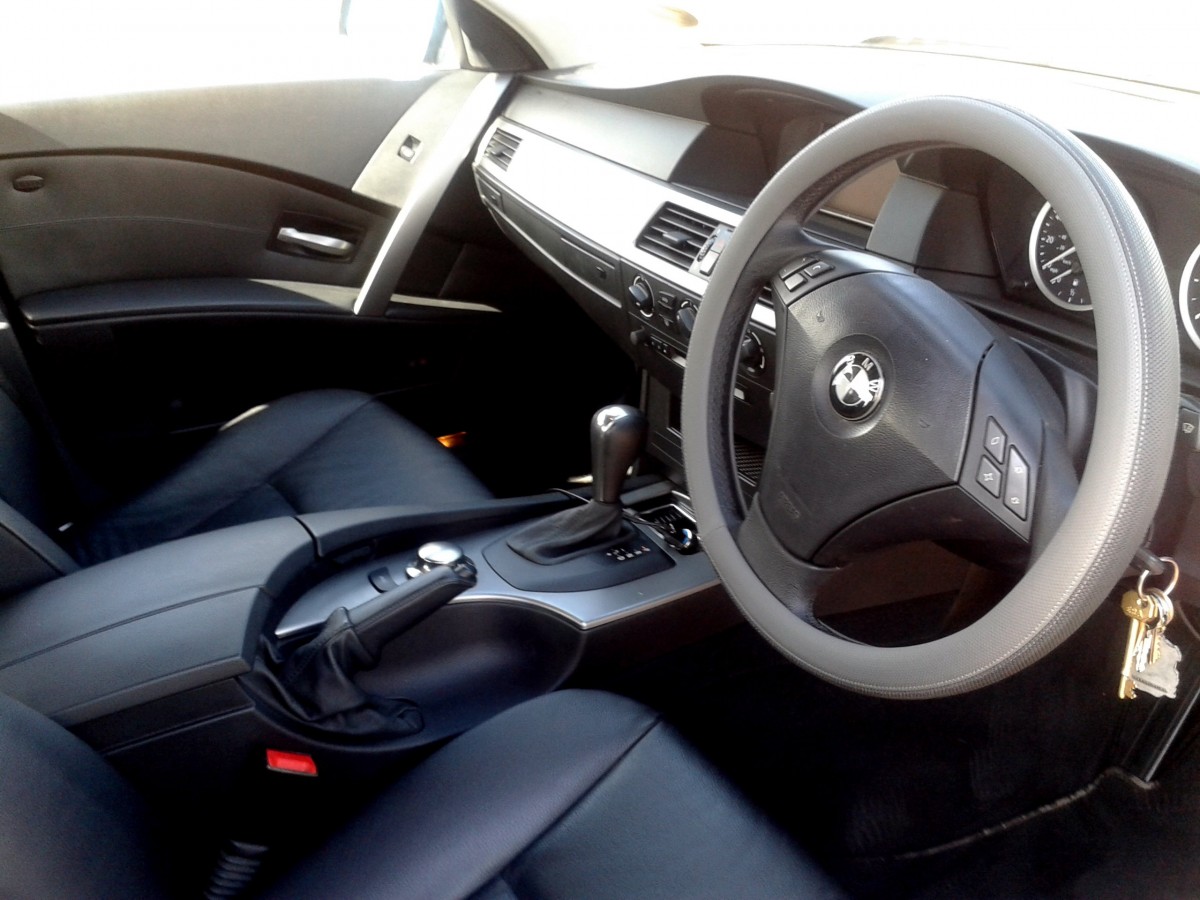1. Introduction
2. Easy starting point
3. Mirrors
4. Signals
5. Manoeuvre
6. Project



A good cockpit routine/pre-start check is essential for an advanced driver in the same way as it is for a learner. It's impossible to drive to a high standard if, for example, your seat is poorly adjusted.
As an experienced driver you probably know when you are comfortable in the car, however, it's amazing how many drivers suffer aches and pains because of a poor driving position; these aches and pains can lead to excessive fatigue, especially on long journeys.
Sometimes this is because drivers rarely change their seating position – especially if they are the only driver in a particular vehicle.
The cockpit drill isn't a 'do it and forget it' check. As the day progresses humans get shorter… We are around 1cm taller in the morning but as the day progresses compression of our joints makes us shorter – certainly enough to affect mirror adjustment.
Getting into the habit of following a routine similar to those in this unit every time you get into your car - and before you start the engine - will help to ensure your safety and the safety of others. As an instructor you will get plenty of practise as you will need to check the driving seat after every lesson.
The 'DSSSM' (D Triple S, M) is probably the most widely used cockpit routine and the one that is included in our visual aids. While it does not comprehensively cover all aspects of a pre-start check it is a simple reminder to make your checks before you start moving – not as you are driving along the road!
The order in which checks are done is not really important, although it can be a good idea to check the parking brake when you first get into the car – especially in hilly areas.
The reason that it is presented in the order of DSSSM (d treble s m) is simply because the letters can act as a memory trigger for new drivers, ensuring that they complete each part of the routine.
Read about and fully familiarise yourself with DSSSM on the DriverActive web site – this is the method that you will most likely use during you exam and with you customers - however, for this unit we want you to try a different routine - shown below.
Secure - Seating - Surely - Helps - Safer - Motoring
The initial capital letters stand for:
The reason for using a drill is simply to make your actions second nature. By getting used to a methodical drill you will be more aware of your pupil's actions and notice any errors when they do their pre-start checks.
In the next step we take you through the routine. But before that, how do you get into your car?
Notice how this driver walks around the back of the car.
This gives a good view of the traffic and enables approaching drivers on his side of the road (the traffic nearest to him) to see see him clearly. As cars are getting bigger and taller, for example SUV's, it becomes more important than ever before to make sure that you can see and be seen when getting into the car.
Whether you walk around the front or the back is not important, but it is important to make the best choice and consider:
Discussing safety when getting into the car for the first time with learners establishes the first ‘responsibility for risk' factor . It can also be linked to opening doors and getting out of cars, in turn this links to responsibility for the safety of passengers.
Next: Full explanation of a cockpit drill